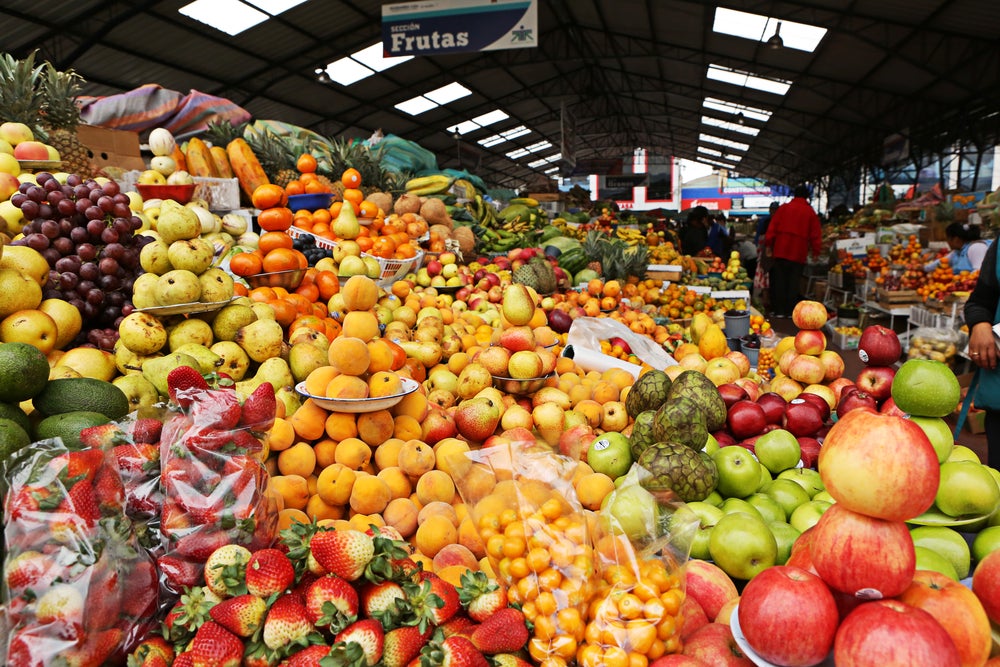How Eating Certain Foods Can Reduce Inflammation

Photo: Shutterstock.com
Using foods as a way to reduce inflammation has been a hot topic for several years, and with good reason. Research shows a wide range of healthy foods can have anti-inflammatory effects. Some of the big ones include walnuts, fatty fish, flax seeds, strawberries and teas. Herbs—such as ginger, turmeric, rosemary, thyme and oregano—have also shown to decrease inflammation, swelling and pain.
What’s Behind This Scrumptious Science?
The mechanisms by which foods decrease inflammation (which can be from an injury or chronic) are varied—and more connections are emerging as the science evolves. Brightly colored plant foods are high in phytonutrients (substances plants produce to protect themselves from ultraviolet light and other environmental damage) and they also decrease the cytokine tumor necrosis factor alpha (TNF-Alpha) and C-reactive protein (CPR), which trigger inflammation. Some foods also help fight off bacteria and microbial attacks, which may serve to help our bodies decrease inflammation.
How Often Should I Eat These Magic Foods?
The simple answer is as often as possible! Without making yourself crazy, or creating a spreadsheet (you know who you are), buy, cook, and enjoy fatty fish at least twice a week. Make sure to play with your colors and eat 5–9 servings of produce daily. Drink teas and cook with lots of herbs. This will maximize your recovery and longevity as an athlete and could help prevent many of the inflammation-linked diseases prevalent in our country today.
Eat the rainbow…
Reds: cherries, strawberries
Oranges: pumpkins, sweet potatoes
Greens: kale, spinach, broccoli
Purples: red grapes, wine
How Do These Foods Differ From Simply Popping Ibuprofen?
Many nonsteroidal anti-inflammatory drugs (NSAIDs), including aspirin, ibuprofen, and naproxen, literally prevent the body’s inflammatory response from ramping up. They work by blocking the body’s natural production of the cyclooxygenase (COX) enzymes that are responsible for synthesizing prostaglandins, which are in turn responsible for inducing acute inflammation and swelling. Not all exact mechanisms and specific phytonutrients responsible for decreasing inflammation are fully understood. Studies have shown conflicting results of taking supplements—especially post exercise—but eating a wide variety of anti-inflammatory foods after your workouts and throughout your daily life will improve your recovery, overall health, and decrease risk of injury.